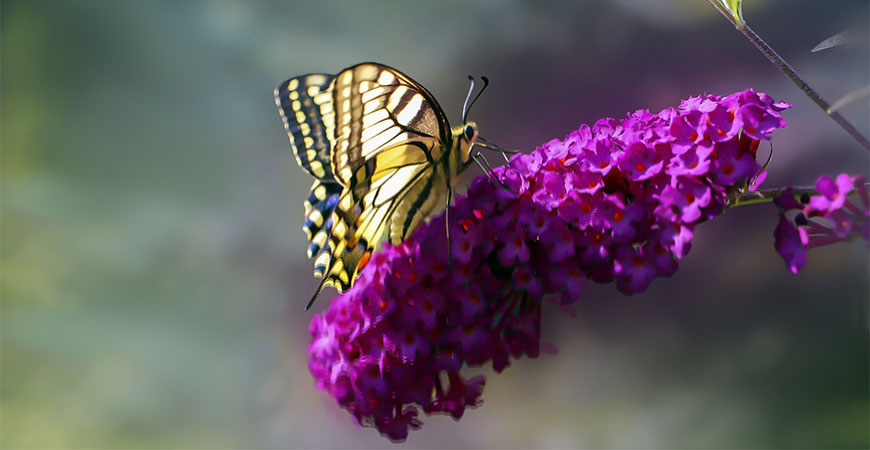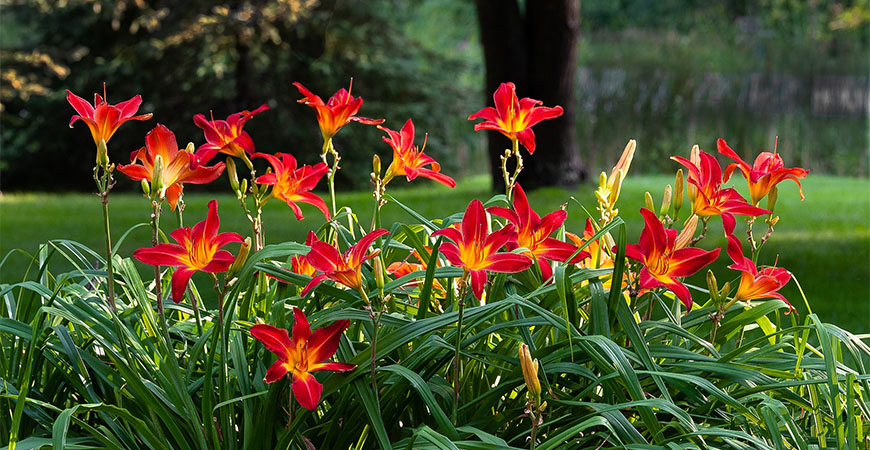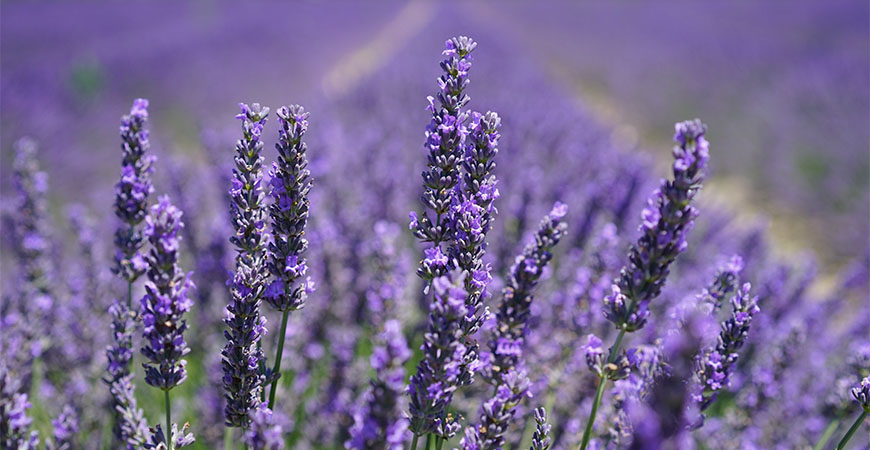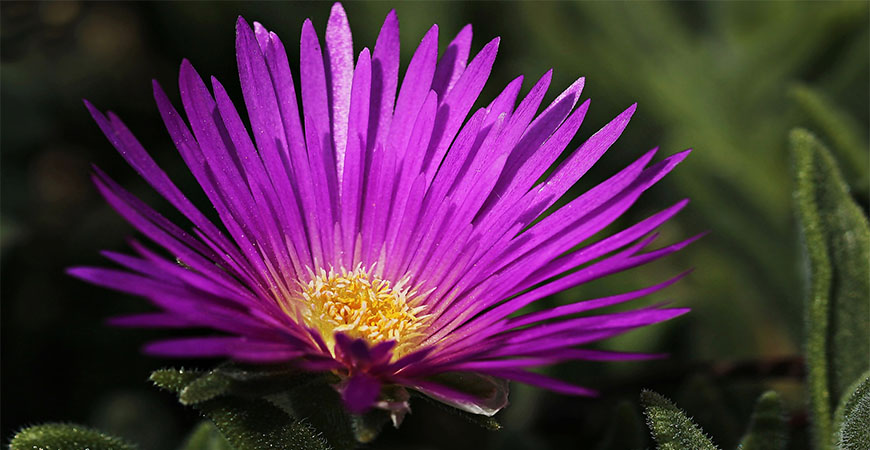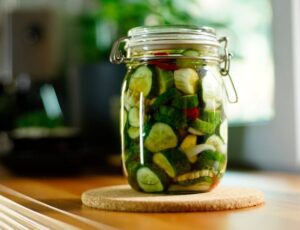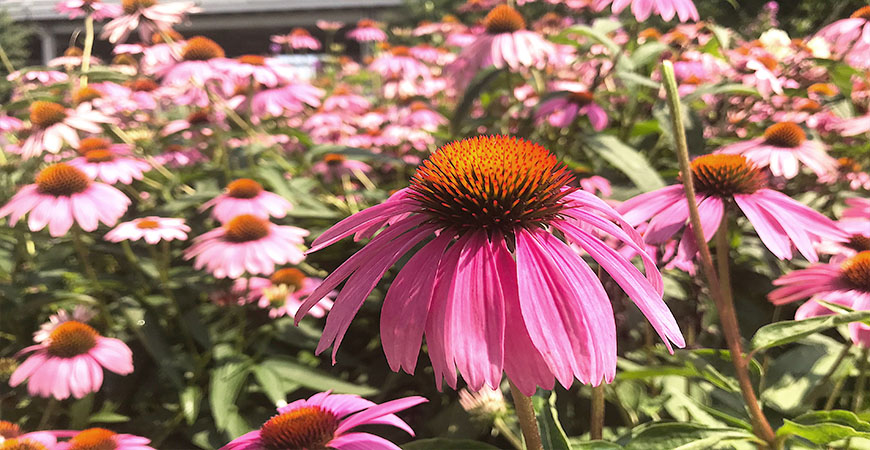
10 Sun Loving Flowers That Bloom All Summer
If you’re a gardener who can’t get enough beautiful summer bloom, consider planting these full sun-loving flowers. Here’s where we’ll cover summer blooming flowers that offer an extended show of color throughout the summer.
What types of flowering plants and shrubs bloom throughout the summer?
Butterfly Bush
The butterfly bush is a flowering shrub often called summer lilac or buddleia. Consider planting this quick-growing flower if you enjoy butterflies in the garden. Like other flowers, the butterfly bush hues include lavender, magenta, purple, mauve, and white. So, there is a wide array of colors to choose from.
Butterfly bush matures to a height of 6 to 9 ft. When it comes to finding a spot to plant them, make sure these plants will receive at least 6 hours of sunlight in an area with enriched soil that has good drainage. When springtime rolls in, prune your butterfly bush when you see green buds appear on the stems.
Coneflower
Coneflower is a pollinator plant with delicate, daisy-like petals. If you are trying to attract birds, butterflies, and bees to your garden, this is the perfect flower to plant! These flowers are known for their pinkish-purple hue, although they can also be red, white, or salmon-colored.
Sine coneflowers require full sun exposure to flourish, grow them in a spot that gets sun for at least 5 hours a day. On the other hand, if you live in the southern states, a little afternoon shade is preferred to prevent sunburn on these plants.
Coneflowers are also popular for filling up vases to be shown off indoors. Additionally, you can encourage reblooming by deadheading faded blooms. To keep your coneflower plant thriving, divide them into bunches and replant them every three years.
Daylily
Daylilies are a popular blooming plant for perennial gardens. Each spike produces numerous large and lily-like flowers accompanied by slender grass-like foliage. However, these plants’ shape and characteristics make them hardy and drought tolerant. Surprisingly, they have many colors, including pink, red, white, yellow, dark purple, and red-orange.
Daylilies bloom best when they are uncovered and in full sun. So make sure these plants get at least 6 hours of sun time per day. However, dark-colored cultivars should receive a little afternoon shade to help blooms retain their color. Furthermore, when picking a spot for your daylilies, find a moist area with well-draining soil. When pruning these plants, trim the faded blooms with hand pruners.
Keep in mind that Easter lily, tiger lily, and Asiatic and Oriental hybrid lilies contain a toxin that can be fatal to cats. All parts of the plants are poisonous to felines, so if you’re a cat owner, consider this before you plant daylilies this summer.
English Lavender
English lavender plants are known to be very aromatic and can often be found blooming from June to August. However, its purple flowers appear on the spikes in late spring and early summer. Plant English lavender in masses or as a low hedge or border- they tend to look more beautiful this way. These flowers grow to be 1.5 to 3 ft. in height, making them the perfect flower to edge with.
When planting, keep in mind that these flowers prefer a full-sun location and are drought tolerant. In warmer climates, however, English lavender may overwinter. Since these flowers are highly fragrant, English lavender is a common flower to prune and dry. Once it’s dried, it can be stored in a sachet and placed around your home as an air freshener.
Ice Plant
The foliage of the ice plant created a name for itself because of its tiny, transparent flakes that resemble ice. The ice plant is native to South Africa but has made its way to the southern states, where it can often be found as evergreen ground cover. Keep in mind that this plant can grow approximately 3-inches tall and quickly spread to 24-inch in width.
From June to September, bright purple, daisy-like blooms cover the plant. To add, try and plant them in well-drained soil in a full-sun location where they are protected from the wind. Luckily, these plants are tolerant of heat and drought. Ice plants are ideal for rock gardens, slopes, desert gardens, or as a ground cover.
Phlox
Phlox is native to central and eastern Texas. These trumpet-shaped flowers with narrow tubes bloom from May to early July.
In the South, the flowers may reduce during the middle of summer only to revive when the weather cools. In the upper states, phlox will flower throughout the summer months.
Its hues include lavender, pink, rose red, white, buff, and purple with its bright green leaves. Phlox prefer loose, acidic soil and medium moisture.
It thrives in full sun to part shade. It is ideal to plant phlox where it will receive afternoon shade in hot, southern areas. Furthermore, deadhead faded flowers to extend bloom time.
Red Hot Poker
Red hot pokers can be characterized as showy bottlebrush-type flowers on long spikes. Not to mention, it contains several small tubular flowers on each scape.
The flowers begin to bloom at the bottom and work their way to the top during late spring and summer. Its colors range from orange, red, white, pink, yellow, and pastels to bi-color varieties. Red hot pokers differ in height, from 1 1/2 -inches to 6 ft. tall.
These flowers like rich, well-draining, evenly moist soil. In addition, try to plant them in a full-sun location that can protect them from the summer breeze. If you want to encourage reblooms, remove the spent flower spikes.
Salvia
Salvia, also known as common sage, is a woody-stemmed perennial from North Africa and the Mediterranean. These flowers grow from 1 1/2 ft. to 2 1/2 ft. in height.
They also feature 1-inch lavender-blue flowers blooming on short spikes. Its leaves are usually 4-inches long, gray-green, and fragrant as well. Because of the fragrance this flower produces, it tends to attract bees and butterflies.
Their foliage is often used as a fresh or dried seasoning in recipes to add a little something to the dish. To deadhead them, trim faded flowers to the first set of leaves or to a spot where new buds are forming.
Shasta Daisy
Shasta daisy is a low-maintenance perennial that blooms from July to September. This type of daisy offers long-lasting blooms and is often seen in borders, cottage gardens, and cutting gardens.
They aren’t too fussy and thrive in well-draining soil. Shasta daisy prefers a full sun location. If you live in a hotter climate region, plant these in an area with a light shade to reduce burning.
To maintain and encourage repeat-flowering, prune faded flowers and divide clumps every two to three years for plant health and vigor.
Yarrow
This type of flower is the perfect summer plant. Its tiny but numerous blooms allow for a long-lasting bloom. They tend to bloom in a dense flat-top group that gives off a spicy aroma.
Because the plant has stiff, upright stems, it can grow to be 2 to 3 feet in height. This flower thrives in full sun and prefers sandy, well-drained soil. However, this flower can also withstand hot summers and drought-like conditions.
Try and plant yarrow in a location protected from the wind. Cut stems back to basal leaves after flowering, and as a result, you’ll have a fall bloom. At the end of the season, try drying these flowers to decorate the inside of your home.
Before you purchase these flowers, first, determine the general area where you’d like to plant them. Therefore, you’ll know that your sun-loving blooms will flourish all summer long!
If you’ve got a spot in mind where you can grow these full sun-loving flowers, then you’re ready to start planting and growing. Let us know in the comments below which of these 10 flowers you love or share your summer flower tips.

